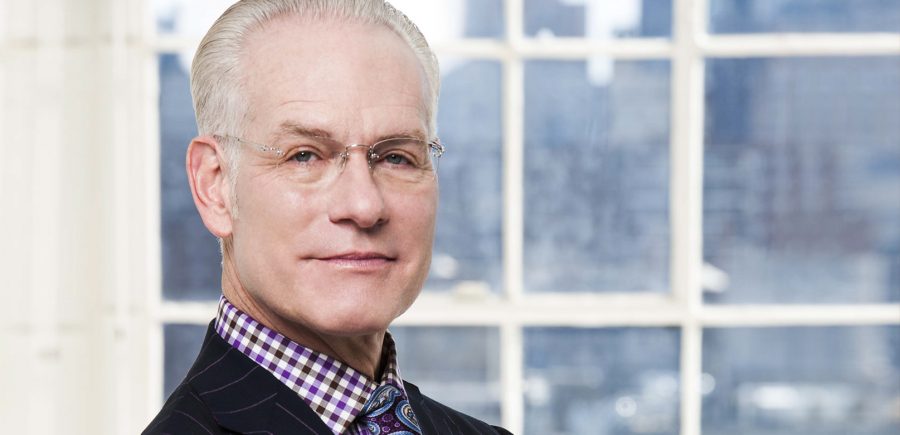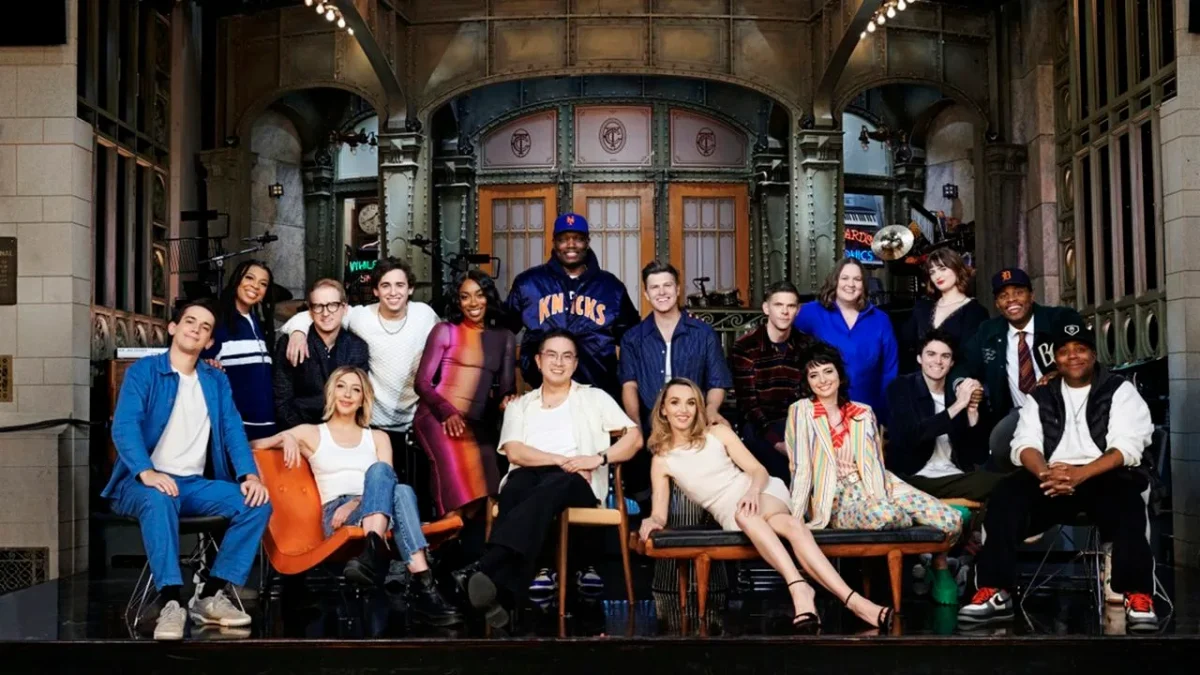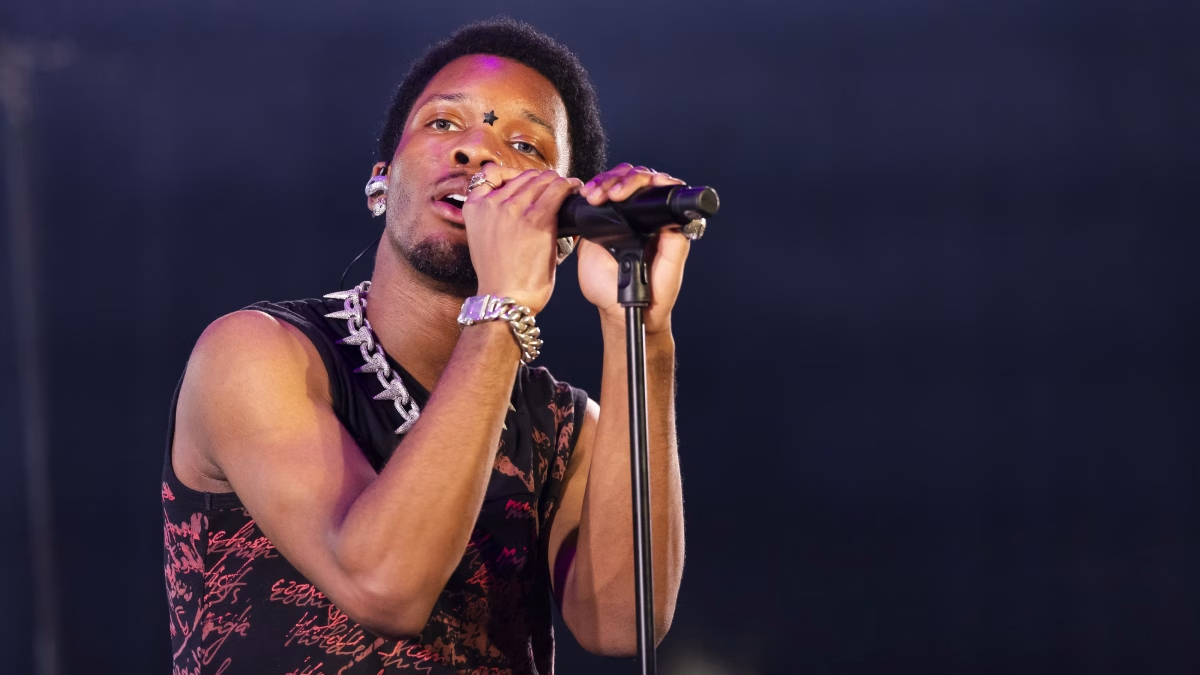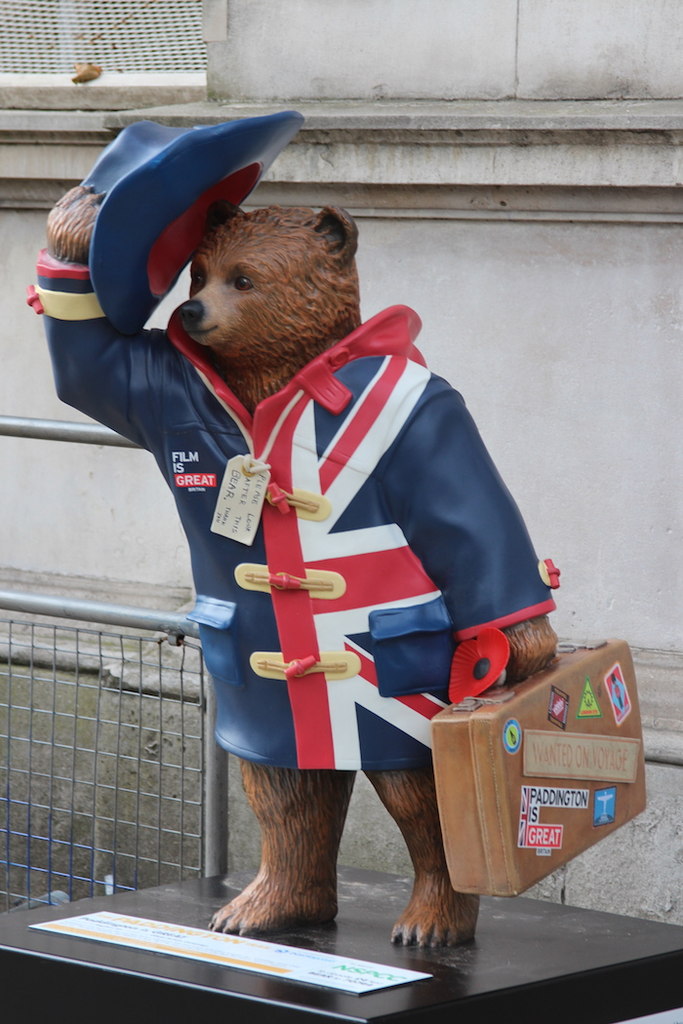The world of fashion has been a safe haven for women since the beginning. It is a place where women indulge in the temptation for vanity; it’s their therapy from the stress of the world. Unfortunately, not all fashion is created equal. High fashion is made to fit women in the sizes zero and two. Anything outside of this becomes fashion for plus size women.
However, a voice has recently come forth to expose the biases of designers in the industry: that of renowned fashion consultant and Project Runway personality Tim Gunn. In an essay for the Washington Post website, Gunn expressed his disdain and shame for the fashion industry’s mishandling of the plus size community. “I love the American fashion industry, but it has a lot of problems, and one of them is the baffling way it has turned its back on plus size women,” said Gunn. The industry has distanced itself from the plus size market due to their attitudes and perceptions on how their clothes should look and fit on their customers. They simply “lack imagination or [are] too cowardly to take risks,” expressed Gunn in his interview. “I’ve spoken to many designers and merchandisers…the overwhelming response is, ‘I’m not interested in her!’”
For the longest time, these women have been ignored by the fashion designers of top brands. Many designers feel their clothes are for a certain girl, especially more expensive retailers like Abercrombie and Fitch. The company’s chief executive Mike Jeffries said, “We go after the attractive, all-American kids.” According to a Bloomberg analysis, 8.5% of dresses on the Nordstrom’s website in May were plus sized and 16% from JCPenney were plus sized clothing. There is such a disparaging treatment towards women of sizes bigger than a size 12. Many designers don’t want to dress plus size women because there has to be careful attention to detail when it comes to proportions and fit. Not all women that wear a size 16 are built the same.
Although Gunn’s effort has generated applause and approval from the plus size community, not everyone is in agreement with his statements. In Gunn’s interview, he said that his remedy to make plus size clothing fabulous is to incorporate “the harmonious balance of silhouette, proportion and fit…done right, our clothing can create an optical illusion that helps us look taller and slimmer.” This statement has caused a response article by Medium Corporation writer Ariel Goldberg. In her article she makes oppositional points to Gunn’s statement, calling it “fatphobia dressed up to look like fat acceptance.” Some women in the plus size community feel that the mainstream fashion industry would rather hide their bodies in clothing rather than celebrate their bodies by exposing them. The plus size community has raised much scrutiny from America’s perception of what is beautiful. At this current state of inclusivity of the plus size body, many women in this group just want to be able to wear the trendiest clothes without much opposition from others.
However, there have been attempts at inclusion in the fashion industry by designers such as Christian Siriano, who caused an excitement at the 2016 Fashion Week for his Spring 2017 line featuring plus size models and straight size models. Plus size model Ashley Graham has contributed to inclusion in the industry through her advocacy for acceptance of curvy women. She has released a successful swimsuit line “Swimsuits for All” and lingerie line. These are the exceptions, not the standard, in the industry, but perhaps along with Gunn’s words they can provide a platform for future change.






